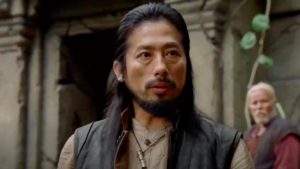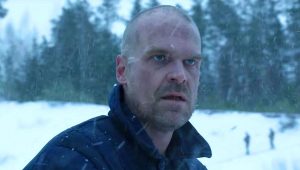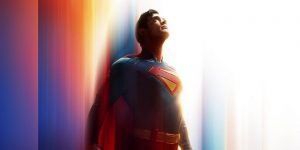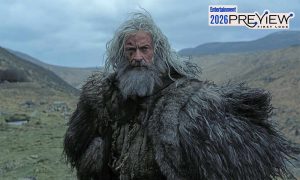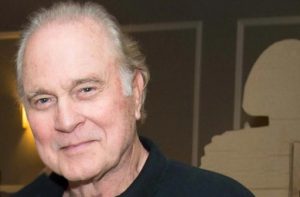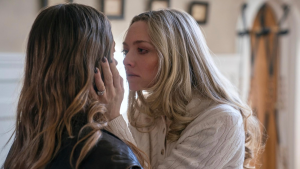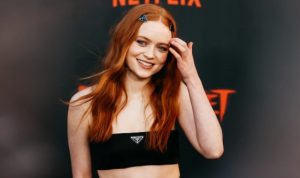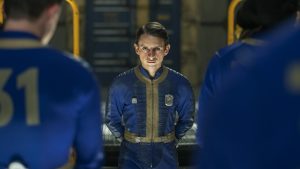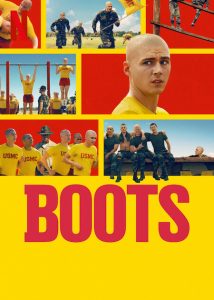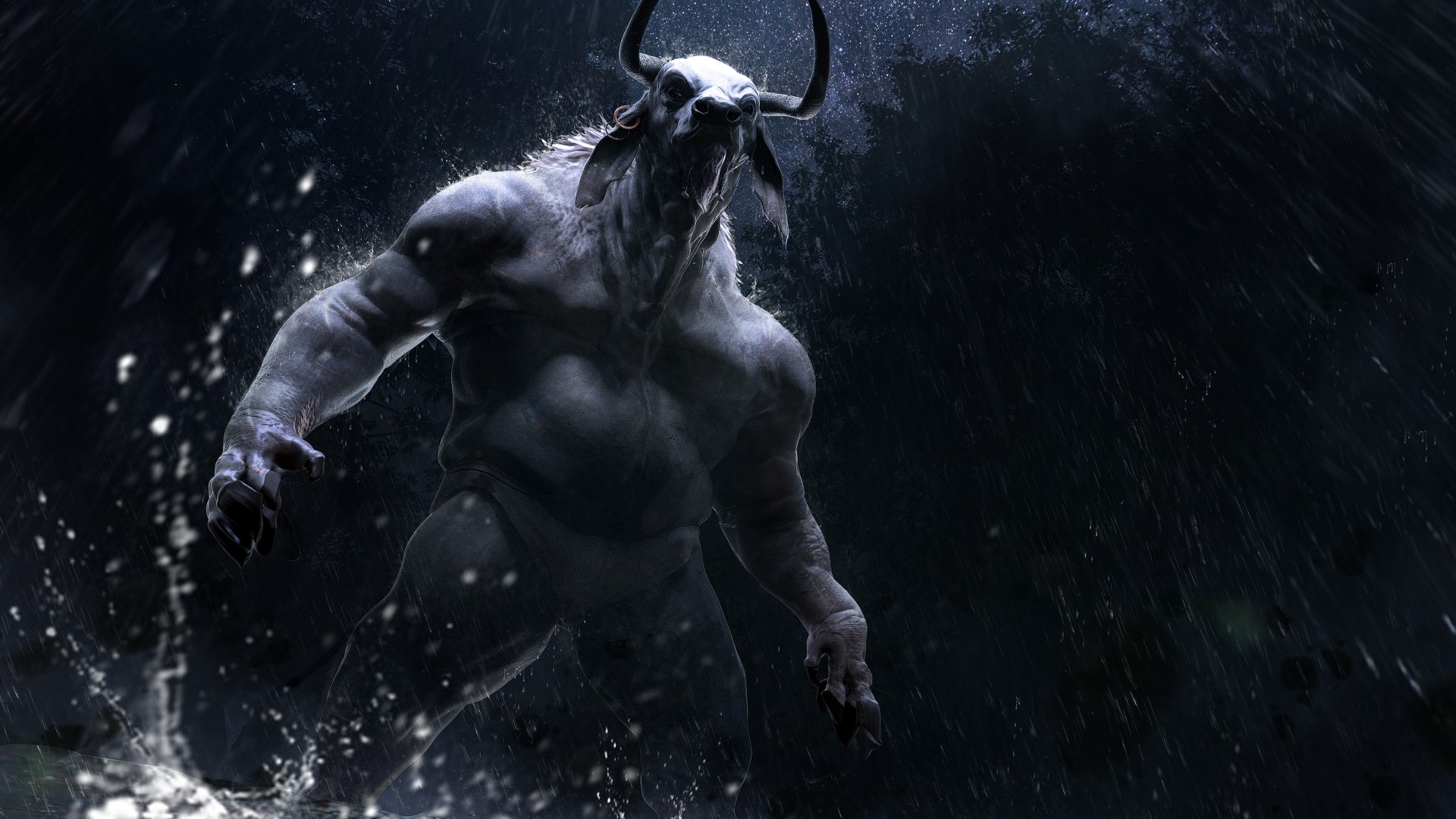
Percy Jackson and The Olympians is the story of the 12-year-old demigod Percy Jackson and his quest across America to prevent a war between the Olympian Gods. When the story begins, Percy believes he is just an ordinary kid, although, admittedly, an ordinary kid who sees unusual things sometimes.
But that all changes at the end of episode one of the Disney+ series. All at once, Percy Jackson discovers that everything he suspected, and more, is true. That discovery takes the form of an angry nine-foot-tall minotaur.
“It coincides with Walker [Scobell, who plays Percy] understanding that the things he’s seen in his young life that he always attributed to mental illness are not that,” says Erik Henry, Senior Visual Effects Supervisor on the show. “It’s a device to catapult you into the world you’re about to inhabit.”
It is a game-changing moment for Percy, for the audience, and for the show itself.
“The stakes are high not just for the show, because it’s the end of episode one, but also emotionally for Percy,” says Jeff White, ILM’s Visual Effects Supervisor. “You had to feel like there was real danger there. Walker did so much to make this sequence incredible, lying in the mud, riding on the motion base, always interacting with something practical.”
The Devil’s in the Detail
The key to creating a monster on a screen and making it feel real is all in the details, as White points out.
“One great thing was all the attention to detail. We always knew there would be a rainy scene, but we put as much texture into the character as we could. We had breath coming out of his nostrils and water running down it. Erik [Henry] and Jon [Steinberg] were great at finding those elements that added so much to making it a believable character.”
The Minotaur is one of the all-time classic creatures of myth and legend. The challenge for Henry, White, and his team was to not only bring it to life but also make it new and exciting.
“We also really wanted it not to look like any other minotaur you’ve seen,” White insists.
It meant making some unusual design choices.
“What was fun from a creature design standpoint was it had to operate as a quadruped and a biped,” White says. “Erik came to us with that from the beginning. When you look at nature, there are not a lot of good references for creatures that are just as nimble on four legs as two legs. So that was a big part of the iterative design process.”
The minotaur also had to tread a fine line. It is a terrifying monster, but it is also a guy with a cow’s head. It had to appeal to an audience of children and adults.
“The guys were keen that it not be too scary,” Henry emphasizes. “Jon [Steinberg] and [Production Designer] Dan [Hennah] always said there has to be a little teddy bear in it. If it’s just this snarling, menacing beast, that would scare kids into turning it [the show] off. If you make it too doe-eyed, the adults watching it with their kids tune out.”
To achieve that balance, one of the core references for the design team was the Brahma breed of bull, which has long ears that hang down and make them appear a bit more silly than menacing. Sometimes, they leaned even further into that silliness, however.
“We even have a moment where Percy jumps on the minotaur and uses the elastic band of its underpants to help him gain purchase,” Henry laughs. “Little moments like that help take the edge off that tension in the middle of the battle.”
Mixing Fantasy and Reality
Perhaps the funniest thing about those underpants is that they exist; costume designer Tish Monaghan made them for filming. While the minotaur you see in Percy Jackson and The Olympians is fully rendered from CGI, a lot of physical parts of the beast were created for filming.
“We always had a performer on set so that the camera had something to operate against, and we had a giant minotaur head they could carry around or be on stilts and hold up,” White says.
Ultimately, about a third of the minotaur was constructed in real life. As well as the head, there was a physical “motion base,” like a kind of high-end Bucking Bronco, for Scobell to climb on during the fight scene. It had horns to hold onto but no limbs or head.
It also had hair—which became a challenge.
“It had a tuft of hair like a Brahma bull so that Walker could hold onto it and not slide off it,” Henry recalls.
But when it arrived on set, people worried the hair was so long that Scobell’s hands would get lost in it.
“So, our intrepid coordinator in Vancouver spent the better part of two days basically giving it a haircut!” Henry says.
So, while the minotaur you see on screen might be CGI, the practical effects can make all the difference.
You can see the minotaur (and its new haircut) in the first episode of Percy Jackson and The Olympians on Disney+ from the 20th of December.
The post How Percy Jackson and the Olympians Created an Unusual Minotaur appeared first on Den of Geek.
